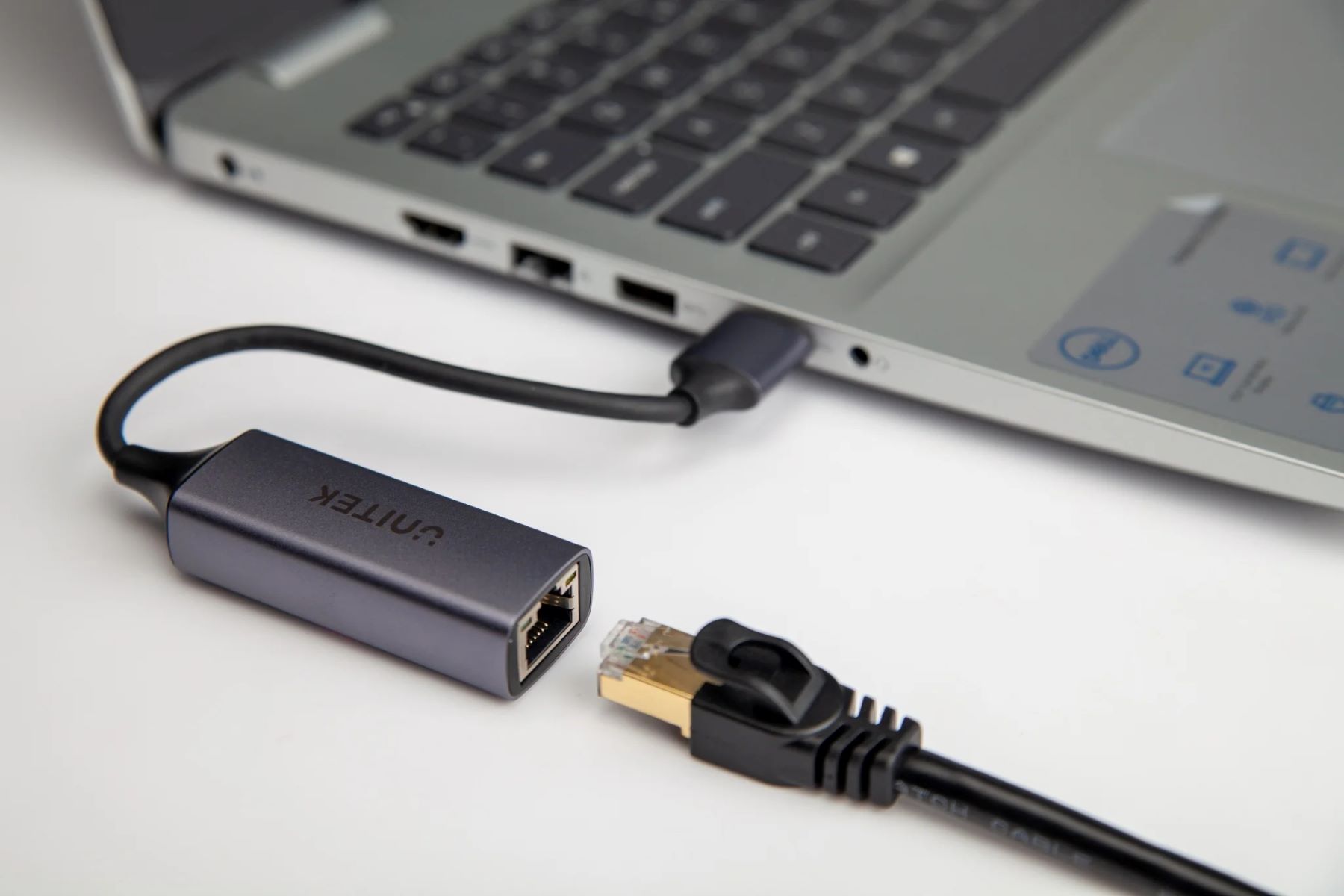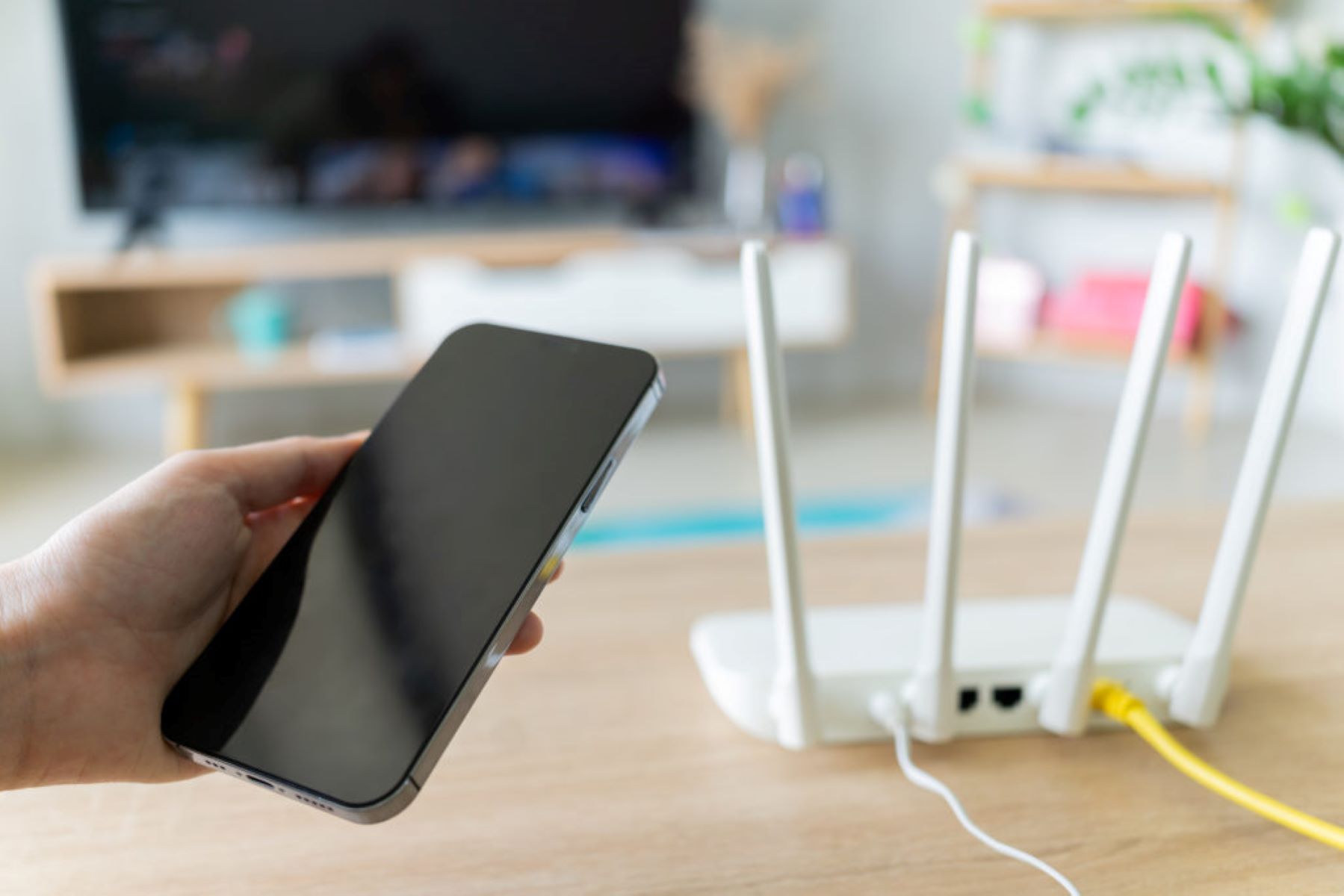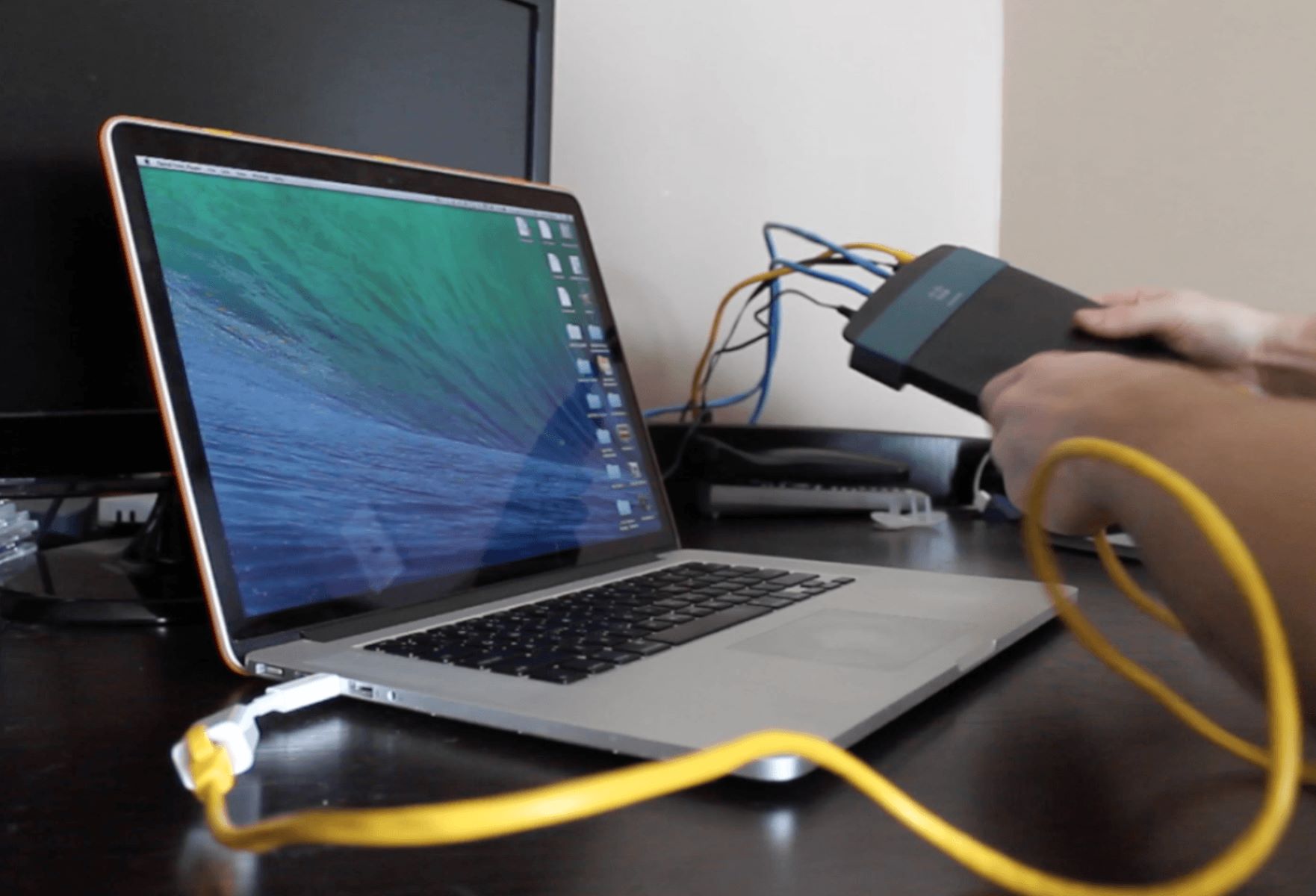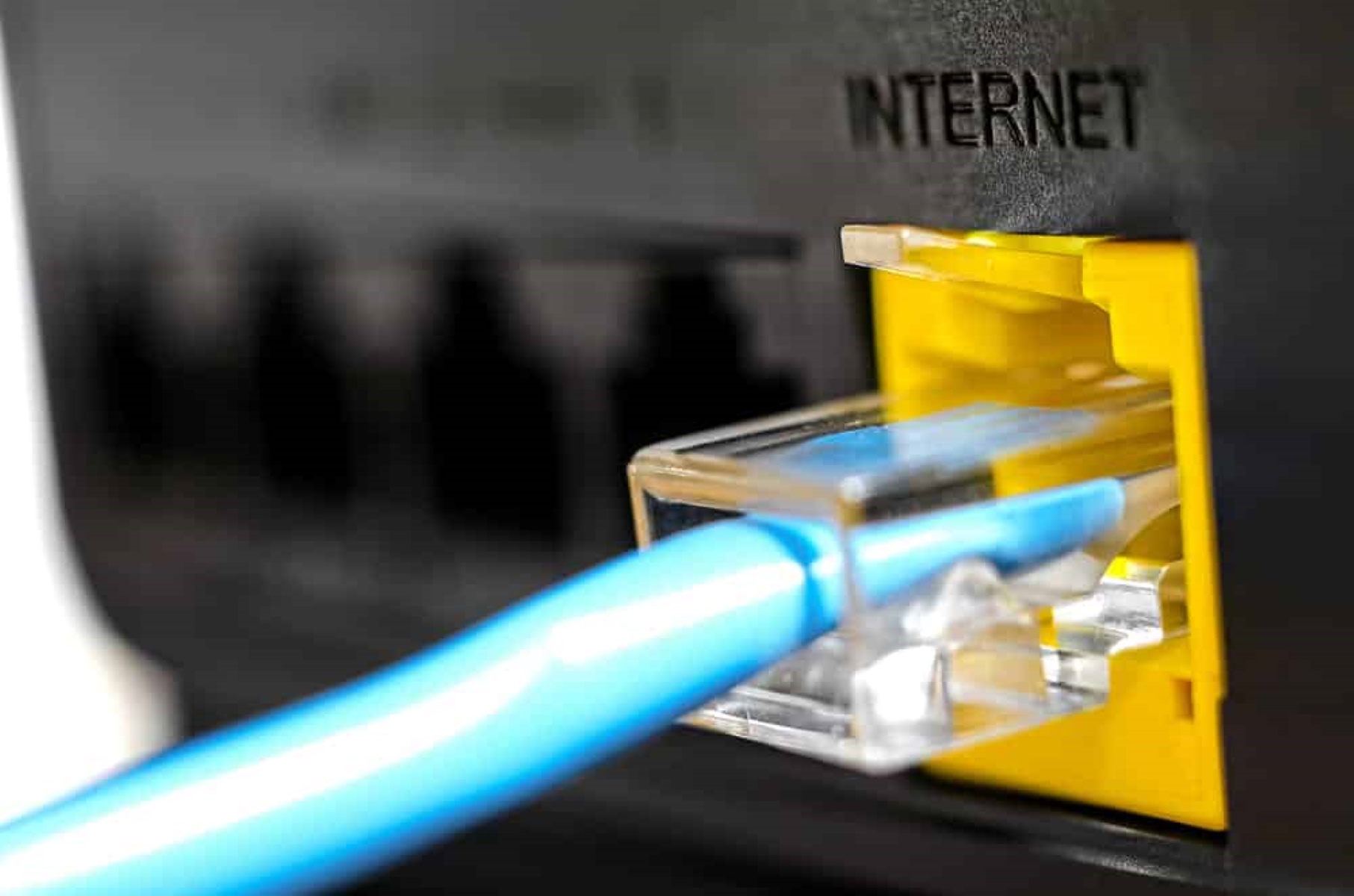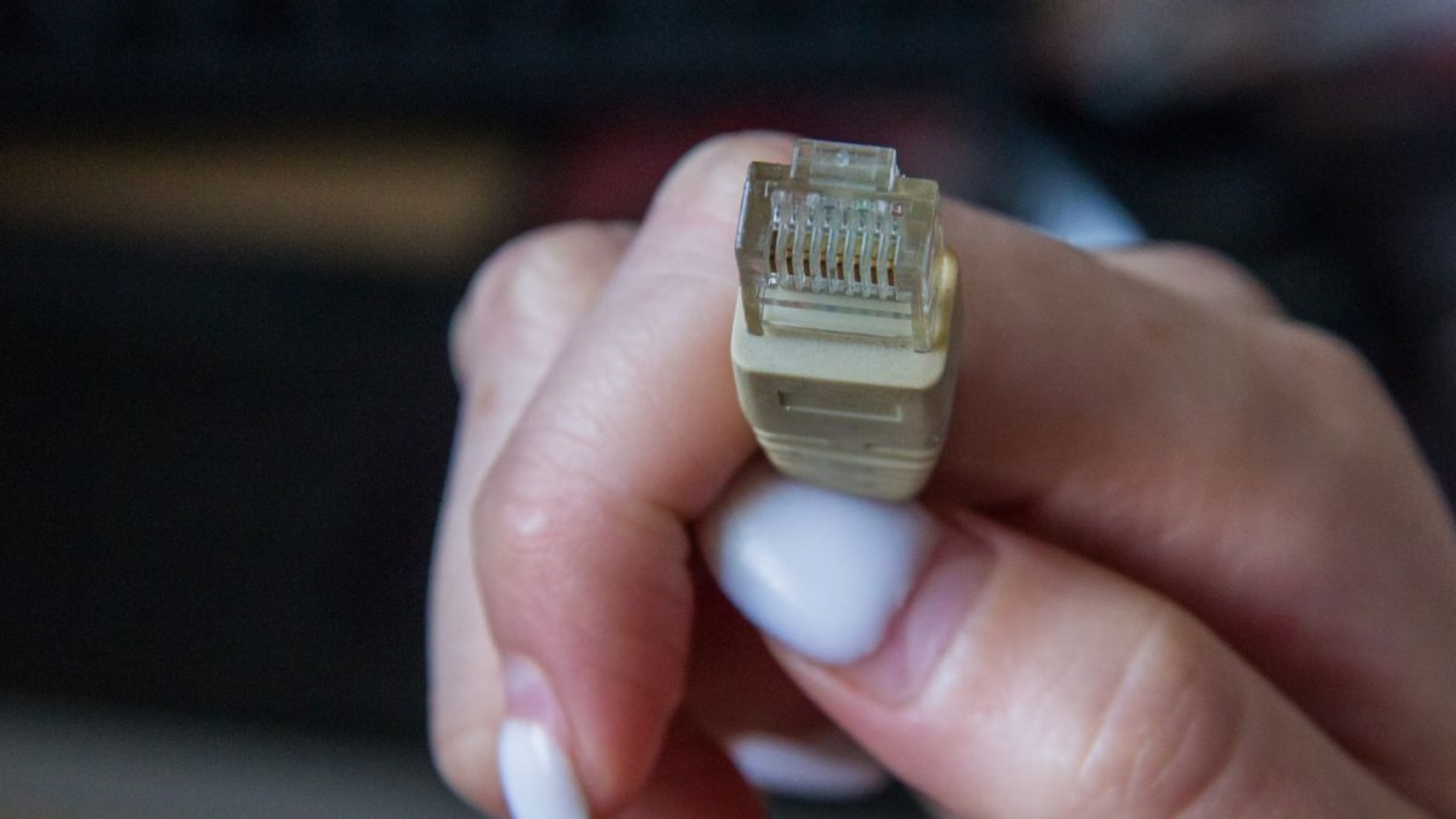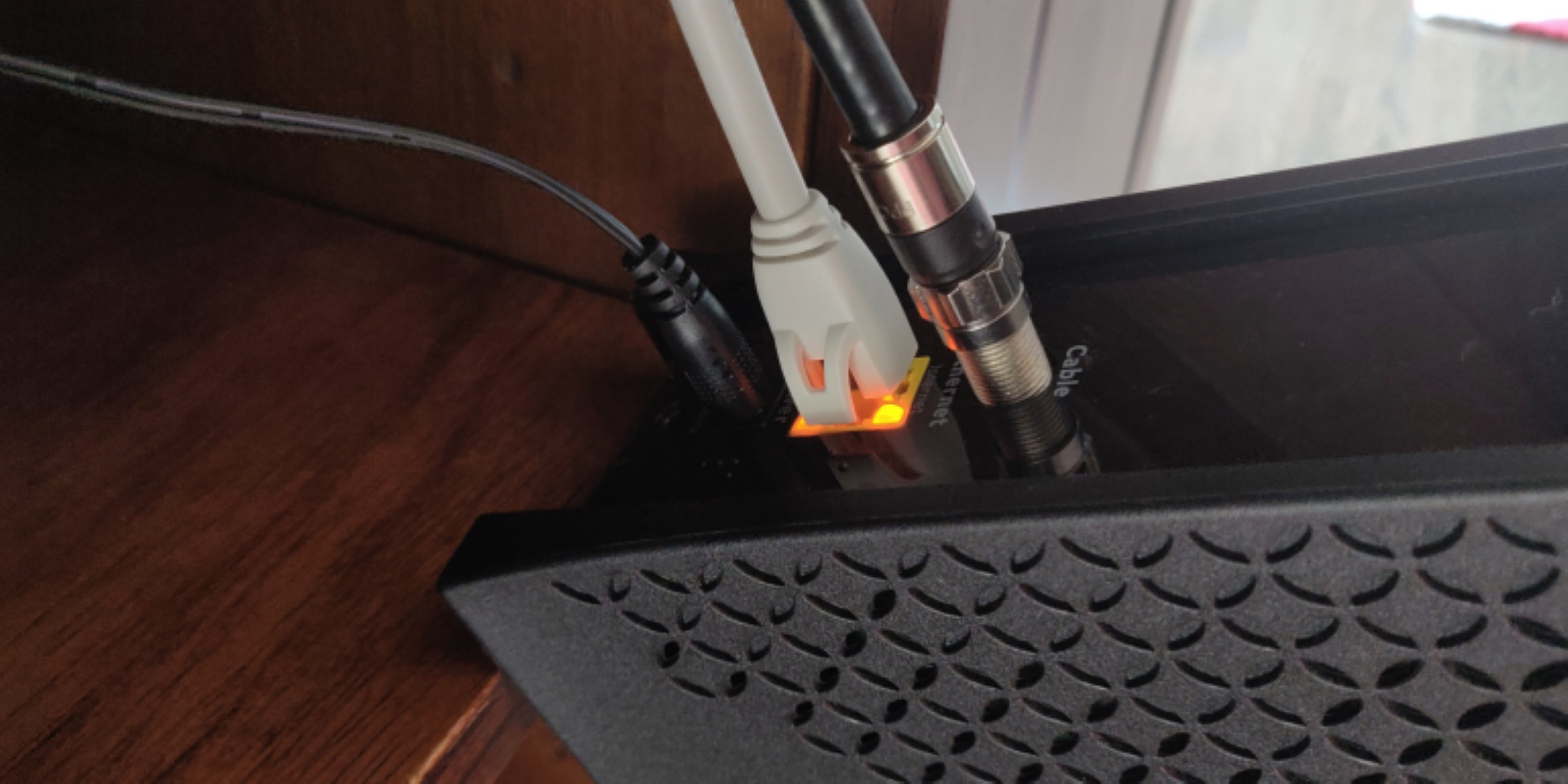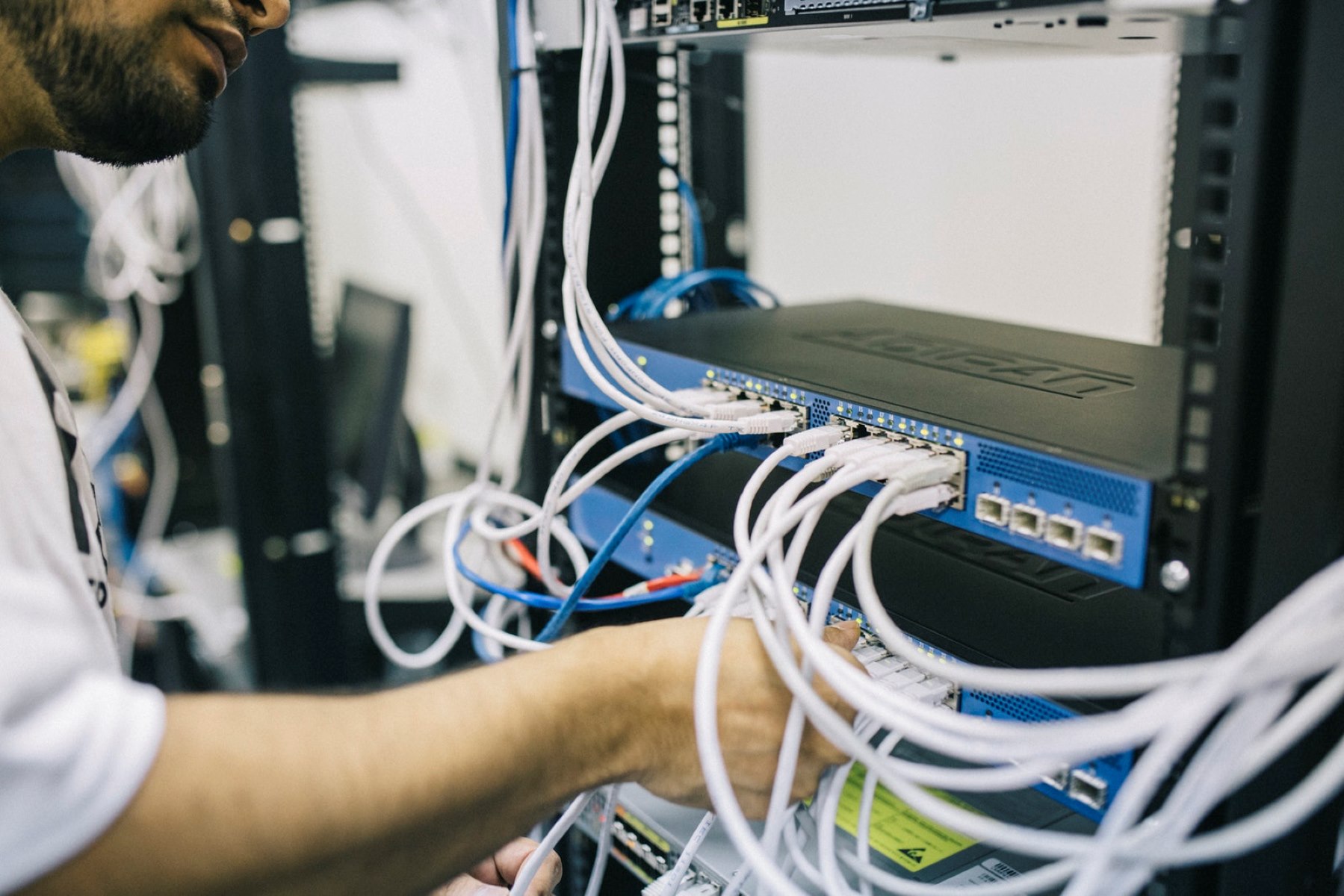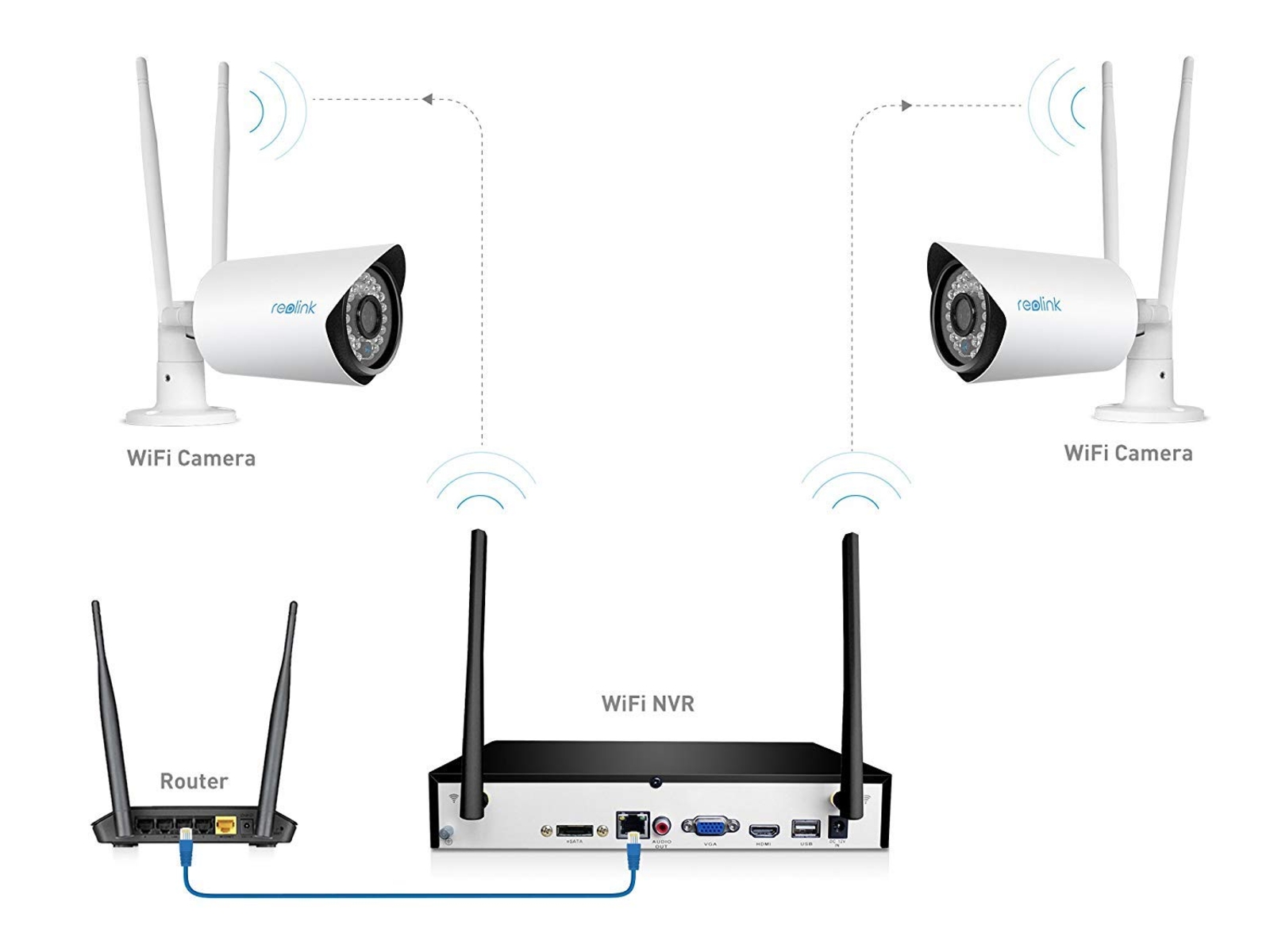Introduction
An Ethernet adapter, also known as a network interface card (NIC) or network adapter, is a hardware device that allows a computer to connect to a local network, access the internet, and communicate with other devices. It serves as an interface between the computer and the Ethernet cable, translating digital data into electrical signals that can be transmitted over the network.
While Ethernet adapters are generally reliable, there can be instances where they experience connectivity issues or other problems. In such cases, resetting the Ethernet adapter can often resolve the issue and restore network connectivity.
Resetting an Ethernet adapter involves temporarily disabling and re-enabling the device, allowing it to reset its internal settings and establish a fresh connection with the network. This process can help resolve common network issues such as slow or unstable connections, intermittent disconnections, or problems with IP address configurations.
In this article, we will discuss how to reset an Ethernet adapter on different operating systems, including Windows, macOS, and Linux. We will also provide some troubleshooting tips to help you diagnose and address common Ethernet adapter issues.
What is an Ethernet Adapter?
An Ethernet adapter, also known as a network interface card (NIC) or network adapter, is a hardware device that enables a computer to connect to a local area network (LAN), access the internet, and communicate with other devices. It acts as an intermediary between the computer and the Ethernet cable, facilitating the transmission and reception of data over the network.
The Ethernet adapter is typically connected to the computer’s motherboard and comes in various forms, such as a card that can be inserted into an expansion slot or a built-in component integrated into the motherboard. It connects to the network using an Ethernet cable, which is plugged into the adapter’s Ethernet port.
The primary function of an Ethernet adapter is to convert digital data from the computer into electrical signals that can be transported over the Ethernet cable. These signals are then decoded by the receiving device, allowing for seamless communication and data transfer between devices.
Ethernet adapters support various speeds and technologies, such as 10/100 Mbps or Gigabit Ethernet, allowing for different levels of network connectivity. They can also support different types of connectors, including RJ-45, which is the most common connector used for Ethernet connections.
Modern Ethernet adapters often come with advanced features such as Wake-on-LAN, which allows remote activation of a computer over the network, and auto-negotiation, which automatically detects and adjusts to the optimal network speed and duplex mode. Some adapters also support Power over Ethernet (PoE), enabling the delivery of power to connected devices through the Ethernet cable.
In summary, an Ethernet adapter is a crucial component that enables computers to connect to networks, access the internet, and communicate with other devices. It plays a vital role in facilitating seamless data transfer and network connectivity, allowing users to take full advantage of the benefits offered by Ethernet-based networks.
Why would you need to reset your Ethernet Adapter?
There are several reasons why you might need to reset your Ethernet adapter. While Ethernet connections are generally reliable, occasional issues can arise that can disrupt network connectivity. Resetting the Ethernet adapter can help resolve these problems and restore normal operation.
Here are some common scenarios where resetting the Ethernet adapter may be necessary:
- Intermittent Connection: If you are experiencing intermittent connection issues, where the network connection drops in and out or becomes unstable, resetting the Ethernet adapter can help re-establish a stable connection.
- Slow Connection: If your network connection is unusually slow, resetting the Ethernet adapter can refresh the network settings and potentially improve the speed and performance of your connection.
- IP Address Conflict: If there is an IP address conflict on your network, where multiple devices share the same IP address, resetting the Ethernet adapter can help resolve the conflict and allow your computer to obtain a unique IP address.
- Network Configuration Change: If you have made changes to your network configuration, such as modifying router settings or installing new networking equipment, resetting the Ethernet adapter can ensure that your computer establishes a fresh connection with the updated network settings.
- Driver or Software Issues: In some cases, driver or software-related issues can cause problems with the Ethernet adapter. Resetting the adapter can help refresh the driver or resolve any software conflicts, allowing for proper functioning.
- General Troubleshooting: When encountering any network connectivity issues, resetting the Ethernet adapter is often one of the initial troubleshooting steps recommended by IT professionals. It is a simple yet effective way to address common network problems.
By resetting the Ethernet adapter, you give it a chance to clear any temporary glitches, reset its internal settings, and establish a fresh connection with the network. It is important to note that resetting the adapter will not delete any saved network settings or configurations; it simply helps resolve connectivity issues by starting the adapter from a clean state.
How to reset Ethernet Adapter in Windows
If you’re experiencing network connectivity issues on your Windows computer, resetting the Ethernet adapter can often help resolve the problem. Here’s how you can reset the Ethernet adapter in Windows:
- Open the Start menu and type “Device Manager” in the search bar. Click on the “Device Manager” application that appears in the search results.
- In the Device Manager window, expand the “Network adapters” category to display the list of installed network adapters.
- Right-click on the Ethernet adapter that you want to reset and select “Disable” from the context menu. Confirm the action if prompted.
- After disabling the adapter, right-click on it again and select “Enable” from the context menu. This will re-enable the Ethernet adapter.
- Wait for a few moments for the adapter to reset and establish a fresh connection with the network. You can monitor the status of the adapter in the notification area of the taskbar.
- Once the adapter is enabled, try to access the internet or the network to check if the connection issue is resolved.
If resetting the Ethernet adapter doesn’t solve the problem, you may also consider updating the driver for the adapter. To do this, right-click on the Ethernet adapter in the Device Manager, select “Update driver,” and follow the on-screen instructions to download and install the latest driver from the manufacturer’s website.
It’s worth mentioning that the steps provided above may vary slightly depending on the version of Windows you are using. However, the general concept of disabling and re-enabling the Ethernet adapter remains the same across most Windows operating systems.
By resetting the Ethernet adapter in Windows, you give it a chance to refresh its settings and establish a stable connection with the network, helping to resolve common network connectivity issues.
How to reset Ethernet Adapter in macOS
If you’re encountering network connectivity problems on your macOS device, resetting the Ethernet adapter can often help resolve the issue. Here’s how you can reset the Ethernet adapter in macOS:
- Click on the Apple menu in the top-left corner of the screen and select “System Preferences” from the dropdown menu.
- In the System Preferences window, click on the “Network” icon to open the Network settings.
- On the left side of the Network settings, you will see a list of available network connections. Select the Ethernet connection that you want to reset.
- In the bottom-right corner, click on the minus (-) button to remove the Ethernet connection from the list. Confirm the action if prompted.
- After removing the Ethernet connection, click on the plus (+) button to add a new network connection.
- In the “Interface” dropdown menu, select “Ethernet”. Give the connection a name (e.g., Ethernet) and click on the “Create” button.
- Adjust any necessary settings for the Ethernet connection, such as the IP address configuration or DNS settings.
- Click on the “Apply” button to save the changes and establish the new Ethernet connection.
- Wait for a few moments for the adapter to reset and establish a fresh connection with the network.
- Once the new Ethernet connection is established, try to access the internet or the network to verify if the connection issue is resolved.
If resetting the Ethernet adapter doesn’t resolve the problem, you may also want to try updating the driver software for the Ethernet adapter. To do this, you can visit the manufacturer’s website and download the latest driver for your specific Ethernet adapter model.
It’s important to note that the steps mentioned above may vary slightly depending on the version of macOS you are using. However, the general idea of removing and re-adding the Ethernet connection remains consistent across most versions of macOS.
By resetting the Ethernet adapter in macOS, you give it an opportunity to establish a fresh connection with the network and potentially resolve common network connectivity issues.
How to reset Ethernet Adapter in Linux
If you’re facing network connectivity problems on your Linux machine, resetting the Ethernet adapter can often help resolve the issue. Here’s how you can reset the Ethernet adapter in Linux:
- Open a terminal window by pressing Ctrl+Alt+T on your keyboard.
- Type the following command to view the list of network interfaces and their status:
ifconfig - Identify the Ethernet adapter that you want to reset from the displayed list. It is typically named “eth0” or “enpXsY” (X and Y are numbers).
- Type the following command to disable the Ethernet adapter:
sudo ifconfig eth0 downReplace “eth0” with the name of your Ethernet adapter if necessary.
- Type the following command to re-enable the Ethernet adapter:
sudo ifconfig eth0 upReplace “eth0” with the name of your Ethernet adapter if necessary.
- Wait for a few moments for the adapter to reset and establish a fresh connection with the network.
- Once the adapter is back up, try to access the internet or the network to check if the connection issue is resolved.
If resetting the Ethernet adapter doesn’t solve the problem, you may want to consider updating the network driver for the adapter. The process for updating the driver may vary depending on the Linux distribution you are using, but it usually involves using package management tools like “apt” or “yum” to install the latest driver package.
Note that the steps provided above are applicable to the most commonly used Linux distributions, such as Ubuntu, Fedora, and CentOS. If you are using a different distribution, the commands or tools mentioned may vary slightly.
By resetting the Ethernet adapter in Linux, you give it an opportunity to refresh its settings and establish a new connection with the network, potentially resolving common network connectivity issues.
Troubleshooting tips for Ethernet Adapter issues
When dealing with Ethernet adapter issues, there are several troubleshooting steps you can take to diagnose and resolve the problem. Here are some tips to help you troubleshoot Ethernet adapter issues:
- Check physical connections: Ensure that the Ethernet cable is securely plugged into both the adapter and the router or modem. Make sure there are no loose or damaged cables.
- Restart your devices: Sometimes a simple restart of your computer, router, and modem can resolve connectivity issues. Power off and then power on each device, one at a time.
- Update drivers: Check for any available driver updates for your Ethernet adapter. Visit the manufacturer’s website or use the appropriate software update utility for your operating system.
- Check network settings: Verify that your network settings, such as IP addresses and DNS configurations, are correctly configured. Ensure that DHCP is enabled if you are using automatic IP assignment.
- Use a different Ethernet port: If you are using multiple Ethernet ports on your router or switch, try connecting your computer to a different port to rule out any issues with the specific port being used.
- Disable security software: Temporarily disable any firewalls or antivirus software on your computer to check if they are blocking the network connection. Make sure to re-enable them afterwards.
- Try a different Ethernet cable: If possible, test the connection using a different Ethernet cable to rule out any issues with the current cable.
- Reset network settings: If none of the above steps work, you can try resetting your network settings to their default configurations. This can be done through the network settings menu of your operating system.
- Seek professional help: If you’ve tried the troubleshooting steps above and still can’t resolve the issue, it may be worth contacting your internet service provider (ISP) or seeking assistance from a professional IT technician.
Remember to always check the documentation or support resources specific to your operating system and Ethernet adapter for further troubleshooting guidance. Ethernet adapter issues can sometimes be complex, and it may be necessary to seek professional help if the problem persists.
Conclusion
Resetting the Ethernet adapter can be a helpful troubleshooting step when you encounter network connectivity issues. Whether you’re using Windows, macOS, or Linux, the process typically involves disabling and re-enabling the Ethernet adapter to establish a fresh connection with the network.
In this article, we explored what an Ethernet adapter is and why you might need to reset it. We discussed the importance of this hardware component in enabling computers to connect to networks and communicate with other devices.
We provided step-by-step instructions on how to reset the Ethernet adapter in Windows, macOS, and Linux, along with some general troubleshooting tips for Ethernet adapter issues.
Remember, Ethernet adapter reset is just one of the possible solutions to network connectivity problems. If the issue persists, it’s advisable to explore other troubleshooting steps, such as updating drivers, checking hardware connections, or contacting your internet service provider for assistance.
By understanding how to reset the Ethernet adapter and implementing the troubleshooting tips mentioned in this article, you can increase the chances of resolving network connectivity issues and enjoying a seamless and reliable internet experience.
Now that you have a better understanding of how to reset an Ethernet adapter, feel free to take action if you encounter any network issues. With a little troubleshooting and patience, you can get your Ethernet connection up and running smoothly again.







